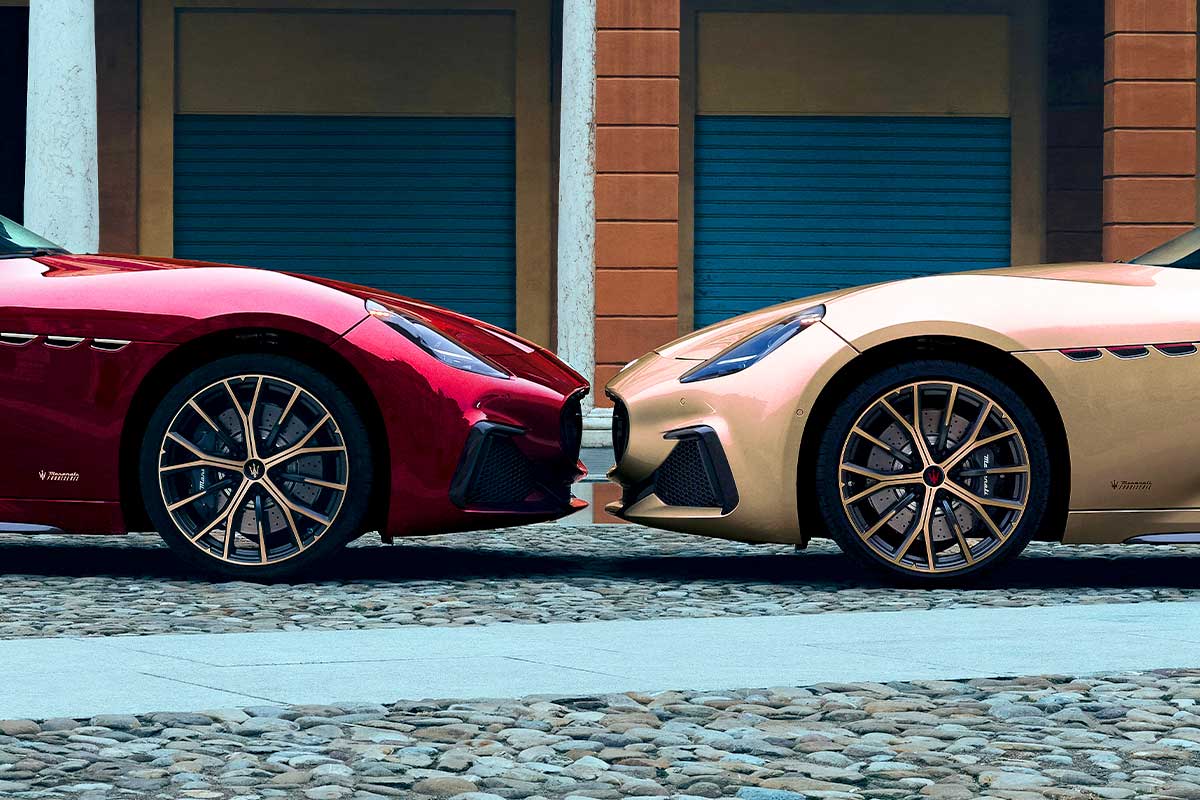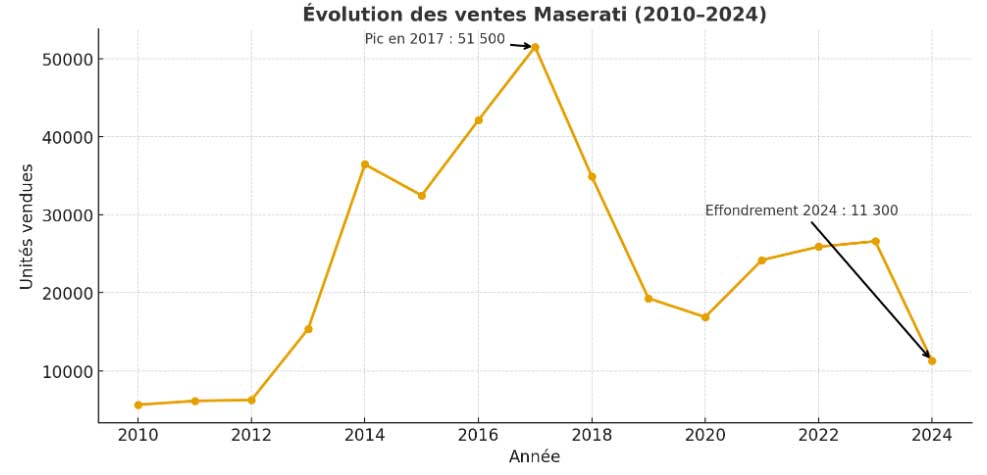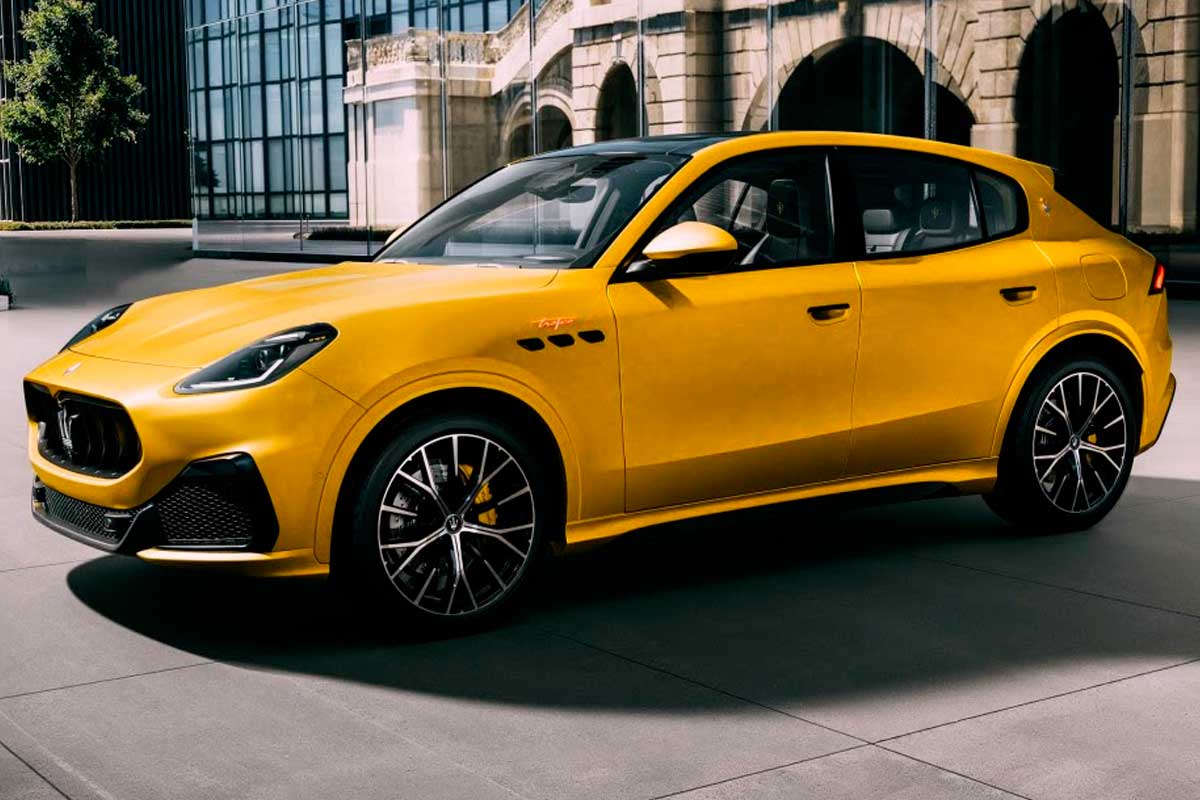
For several months now, the figures have been piling up and the observation remains the same: Maserati is selling fewer and fewer cars. The Trident brand, now under the management of Jean-Philippe Imparato, assumes this scarcity as a strategic choice. But when you look at registration statistics country by country, it's hard not to see a global slowdown... except in one country that is still holding out.
Year 2025 down sharply
From January to October 2025, Maserati registered around 6,442 cars in its main markets. With a few hundred more units expected by the end of the year, the brand should struggle to reach 8,000 worldwide sales, a historically low level, the lowest since 2012.

In the United States, Trident's leading market, the fall was spectacular: -38 % over ten months. Only 2,556 units, compared with over 4,000 during the same period last year. The month of October illustrates this erosion: 124 registrations for Maserati, compared with 244 for Lamborghini and 298 for Ferrari. It's a hard comparison to swallow for a brand that once aspired to play in the same league.
In Italy, Maserati's second-largest market, the decline has reached -25 % with 1,512 units since January. The month of October saw 114 registrations, a low volume for a national brand that is supposed to embody Italian luxury.
The same applies to Japan (-35 %), the UK (-28 %), Switzerland (-42 %), Australia (-28 %) and Turkey (-27 %). Spain, despite a more contained fall of -18 %, remains at modest volumes. Everywhere, the same observation: Maserati is becoming rare. Very rare.
Germany, Trident's unexpected stronghold
The only exception in this gloomy panorama is Germany. With 574 registrations since the start of the year, the country is up +23 %. This performance was driven almost exclusively by the Grecale SUV, which accounted for 39 of the 43 units sold in October. This model, launched to broaden the customer base, seems to have found its audience on the other side of the Rhine. Germany, often perceived as a rational market, paradoxically seems to be breathing new life into the Italian brand, which is far removed from its usual standards.
A strategy now accepted: produce less, but better
Since his arrival at the head of Maserati, Jean-Philippe Imparato has clarified the strategy: the objective is no longer to chase volumes, but to ensure profitability with 15,000 to 20,000 sales per year. In other words, Maserati wants to once again become a rare, exclusive, almost confidential brand, even if this means seeing its figures continue to fall in the short term.
To achieve this, the brand is counting on the extension of the Giorgio platform (which powers the Grecale and GranTurismo), the retention of the Nettuno V6 (soon to be electrified), and production refocused on orders, with much less stock at dealerships. The idea is clear: cut costs, focus on quality, and win back customer confidence.
2026, the year of treading water?

The Maserati industrial plan, shared with the other premium brands of the Stellantis Group, will be presented at the end of the first quarter of 2026. Until then, the brand's only new product will be the Grecale Folgore, the recently upgraded electric versionto maintain a semblance of sales momentum. In other words, 2026 looks set to be a continuation of 2025: a year of stabilization, with no real rebound expected before 2027, and profitability targeted for 2028.
The decline in Maserati sales can now be read from another angle: that of a brand that chooses rarity as its strategy. But there's a fine line between desired exclusivity and commercial collapse.
| Country | January - October 2025 | Change n-1 |
|---|---|---|
| United States | 2556 | -38% |
| Italy | 1512 | -25% |
| Japan | 628 | -35% |
| Germany | 574 | 23% |
| United Kingdom | 300 | -28% |
| Switzerland | 168 | -42% |
| Australia | 236 | -28% |
| Turkey | 159 | -27% |
| Spain | 213 | -18% |
| France | 96 | 26% |
| 6442 | -30% |